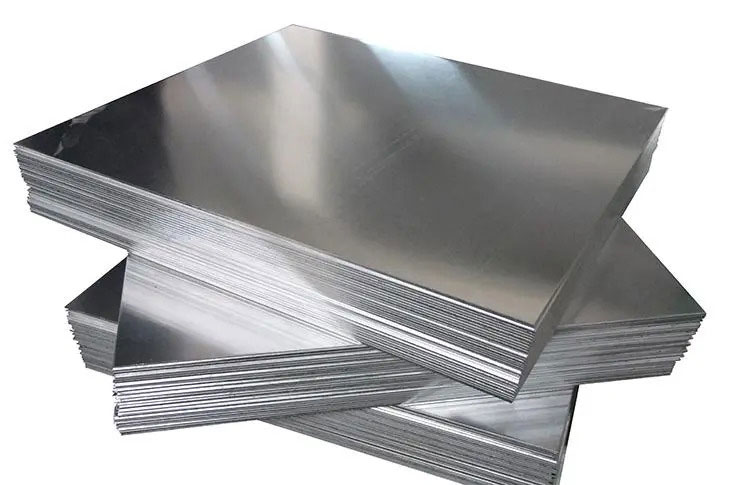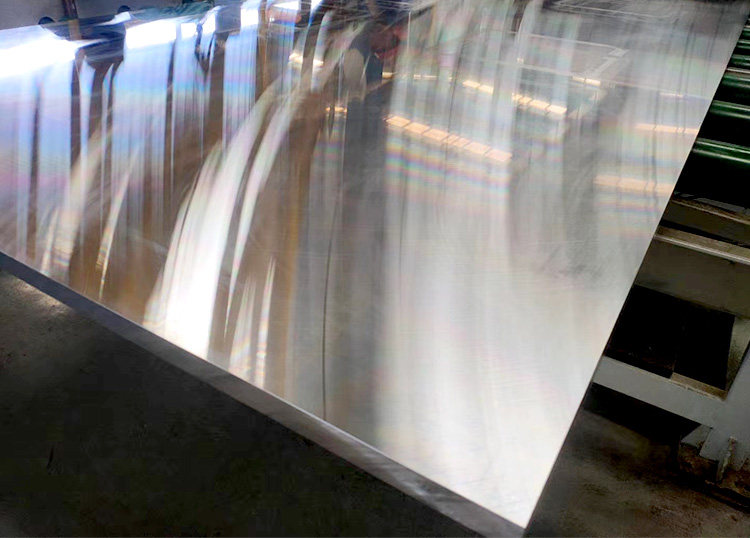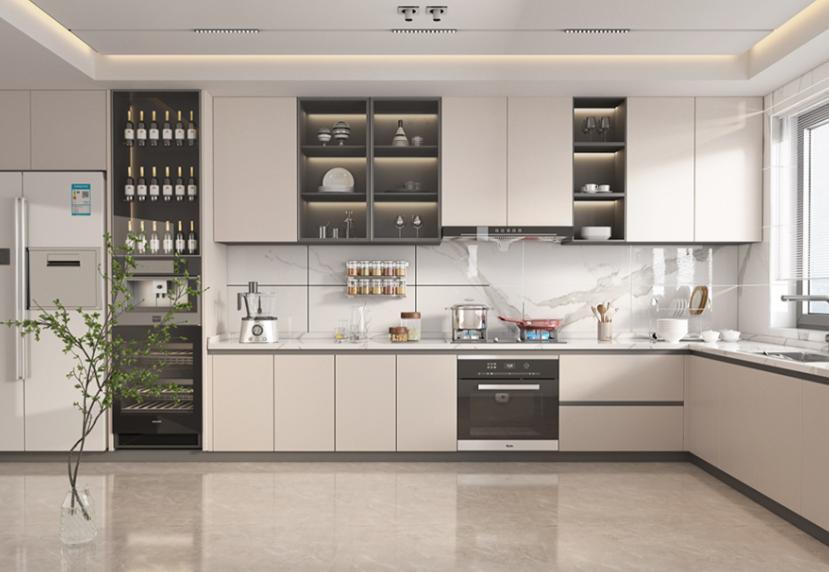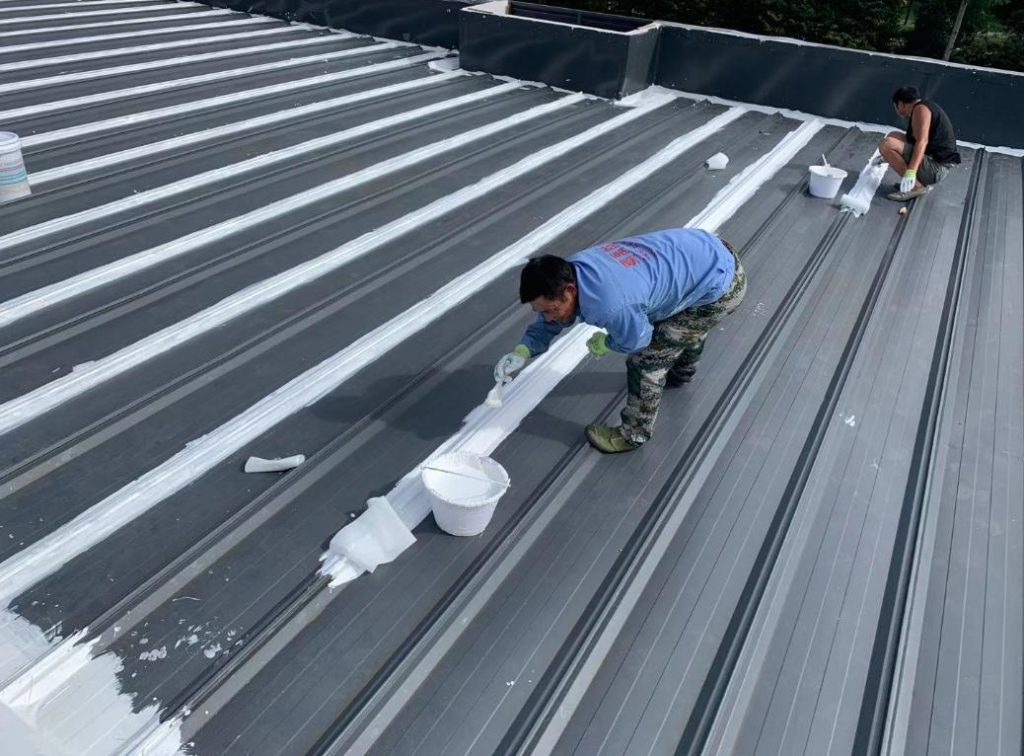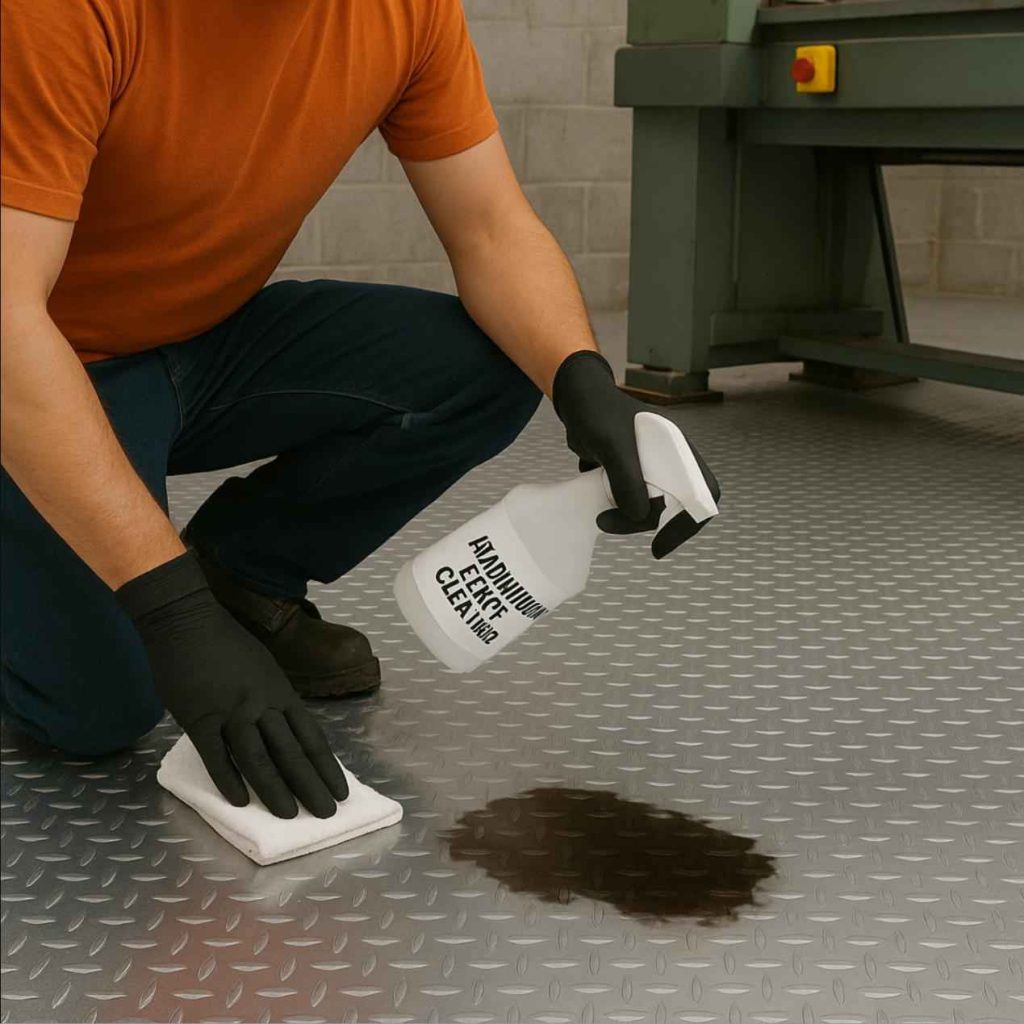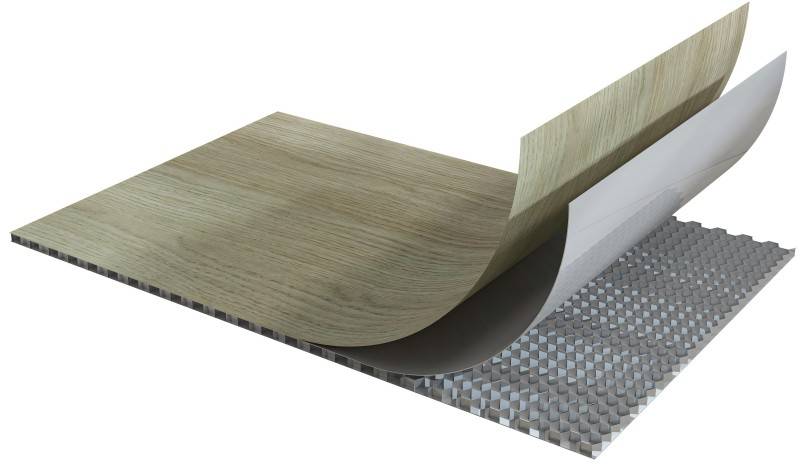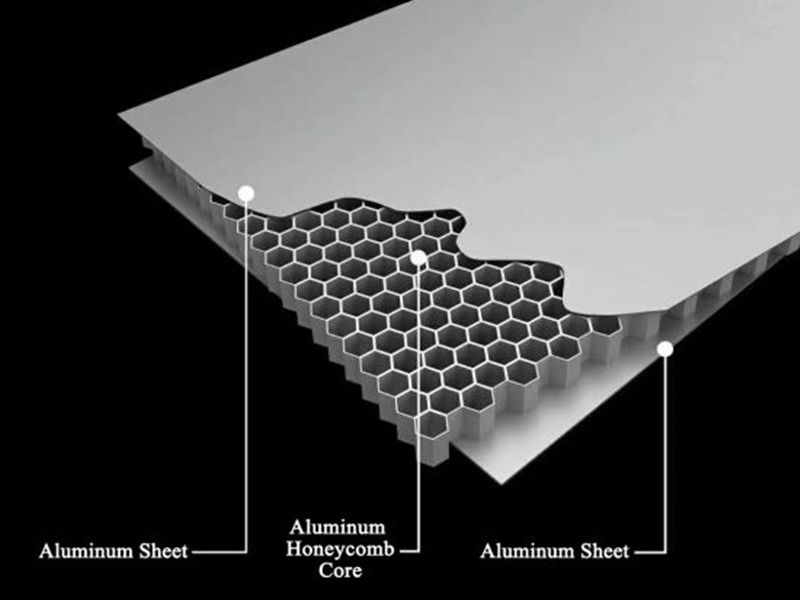Aluminum checker plate, a versatile and durable material, is widely utilized in various industrial, commercial, and decorative applications. With its distinctive raised pattern on one side, this metal sheet offers excellent traction to prevent slipping, making it an ideal choice for spaces where safety is paramount. Additionally, its lightweight nature, corrosion resistance, and ease of maintenance make it suitable for both indoor and outdoor use. In this article, we will explore the common applications of aluminum checker plates, their key features, and how to properly clean and maintain them for optimal performance.

Common Applications of Aluminum Checker Plate
Aluminum checker plate has a wide range of applications, including:
- Flooring: One of the most prevalent uses of aluminum checker plates is as a flooring material in industrial and commercial settings. Facilities like factories, warehouses, kitchens, and restaurants often benefit from its non-slip surface. Additionally, it is suitable for outdoor applications such as loading docks, ramps, and stairways.
- Tread Plates: Aluminum checker plate is also commonly used to manufacture tread plates, which are essential for providing traction on steps, ladders, and various other surfaces where slip resistance is crucial.
- Ramps and Walkways: In industrial and commercial environments, you will frequently find aluminum checker plates used for ramps and walkways. Its ability to withstand heavy traffic and adverse weather conditions makes it an excellent choice. Moreover, it is often utilized in outdoor areas like skate parks and playgrounds for the same reasons.
- Vehicle Running Boards and Steps: For vehicles such as trucks, SUVs, vans, buses, and other commercial vehicles, an aluminum checker plate is employed to create running boards and steps. These additions offer safety and durability, especially in inclement weather.
- Decorative Applications: Beyond its practical applications, aluminum checker plate is also employed for decorative purposes. It is often utilized in architectural features such as wall panels and backsplashes to lend a modern and industrial aesthetic to spaces.
Features of Aluminum Checker Plates
Aluminum checker plates boast several features that make them a preferred choice across various industries and applications:
- Traction: The raised pattern on one side of the aluminum checker plate is designed to provide traction and prevent slipping. This safety feature is crucial in settings where the risk of accidents due to slippery surfaces is high.
- Lightweight: Aluminum is a lightweight metal, making aluminum checker plates easy to transport and install. This characteristic simplifies the handling and installation process, reducing labor costs and project timelines.
- Corrosion-Resistant: Aluminum is naturally corrosion-resistant, which makes it an excellent choice for outdoor environments where exposure to moisture and other elements can lead to the deterioration of other materials.
- Durable: Aluminum checker plates are known for their durability. They can withstand heavy traffic, wear and tear, and remain resilient even under challenging conditions, ensuring a long service life.
- Low Maintenance: Another appealing aspect of aluminum checker plates is their low maintenance requirements. Cleaning these plates is a straightforward process that involves minimal effort and cost.
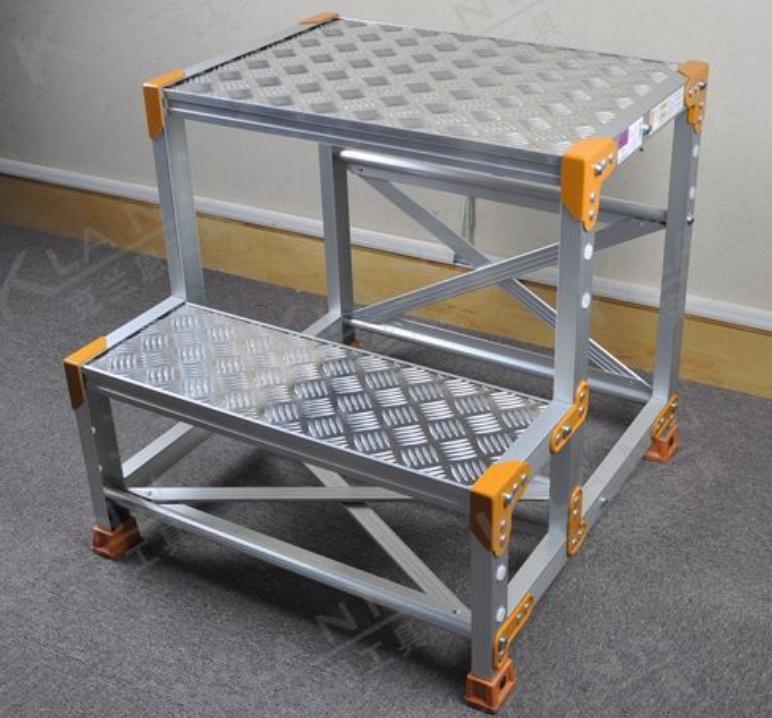
How to Clean Aluminum Checker Plate?
Proper maintenance is essential to ensure that the aluminum checker plate retains its performance and aesthetic qualities. Cleaning is a critical part of this maintenance routine. Here’s how to clean an aluminum checker plate effectively:
Commercial Settings
- In commercial settings, consider using a commercial floor cleaner suitable for the type of dirt and grime commonly encountered.
- Mix the floor cleaner according to the manufacturer’s instructions.
- Apply the cleaning solution to the checker plate with a mop or appropriate cleaning equipment.
- Allow the cleaning solution to sit for a short period to break down stains and contaminants.
- Scrub the surface gently if necessary, using a scrub brush or pad.
- Rinse the checker plate thoroughly with clean water to remove any residue.
Residential Settings
- In a residential environment, a mild dish soap and water solution is typically sufficient for routine cleaning.
- Mix a solution using a few drops of mild dish soap in a bucket of water.
- Dip a sponge or cloth into the soapy water and use it to wipe down the checker plate surface.
- Rinse the checker plate thoroughly with clean water to remove any soap residue.
It’s important to note that the frequency of cleaning may vary based on the specific application of the aluminum checker plate. For instance, plates used as flooring in a busy restaurant might require more frequent cleaning than those used as decorative wall panels in a less-trafficked area.
Cleaning Tips for Different Applications
The specific cleaning method for aluminum checker plates will vary depending on the application. For example, if an aluminum checker plate is being used as flooring in a restaurant, it may need to be cleaned more frequently than if it is being used as a tread plate on a staircase.
- Flooring: For checker plate flooring, regular cleaning with a mild soap and water solution is typically sufficient. In cases of heavy soiling, consider using a commercial floor cleaner. Ensure a thorough rinse with clean water after cleaning.
- Tread Plates: Tread plates should be cleaned regularly with a mild soap and water solution. If the plates are heavily soiled, a scrub brush may be used to remove tough stains. Again, rinse the tread plates thoroughly with clean water.
- Ramps and Walkways: Ramps and walkways made from aluminum checker plates benefit from routine cleaning with a mild soap and water solution. For more substantial dirt or wear, a commercial floor cleaner may be necessary. Ensure a thorough rinse to remove any cleaning residue.
- Vehicle Running Boards and Steps: Regular cleaning with a mild soap and water solution is recommended for vehicle running boards and steps. If they become heavily soiled, use a scrub brush and be sure to rinse them thoroughly with clean water.
- Decorative Applications: To maintain the aesthetics of the aluminum checker plate used for decorative purposes, clean it regularly with a mild soap and water solution. For stubborn stains, use a brush and ensure a thorough rinse to avoid soap residue.
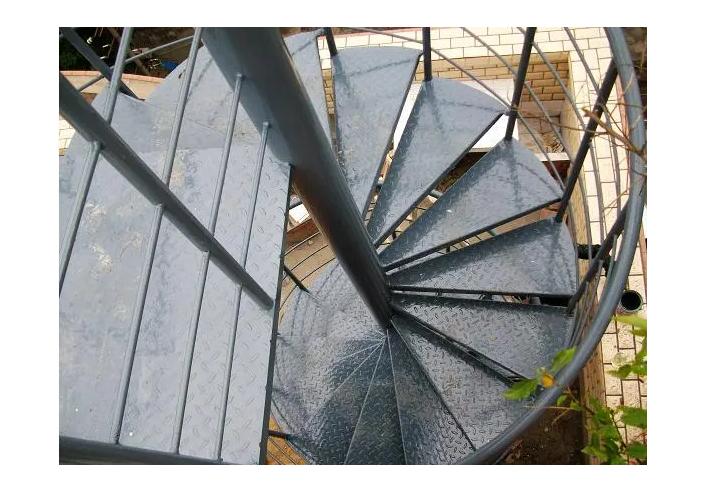
In conclusion, the aluminum checker plate’s versatility, durability, and ease of maintenance make it a go-to choice for a wide range of applications, from industrial and commercial settings to decorative features. Proper cleaning and maintenance practices are essential to ensure that it continues to perform at its best while retaining its attractive appearance. Whether it’s providing non-slip surfaces in high-traffic areas or adding a touch of modernity to architectural designs, an aluminum checker plate is a reliable and enduring solution.



